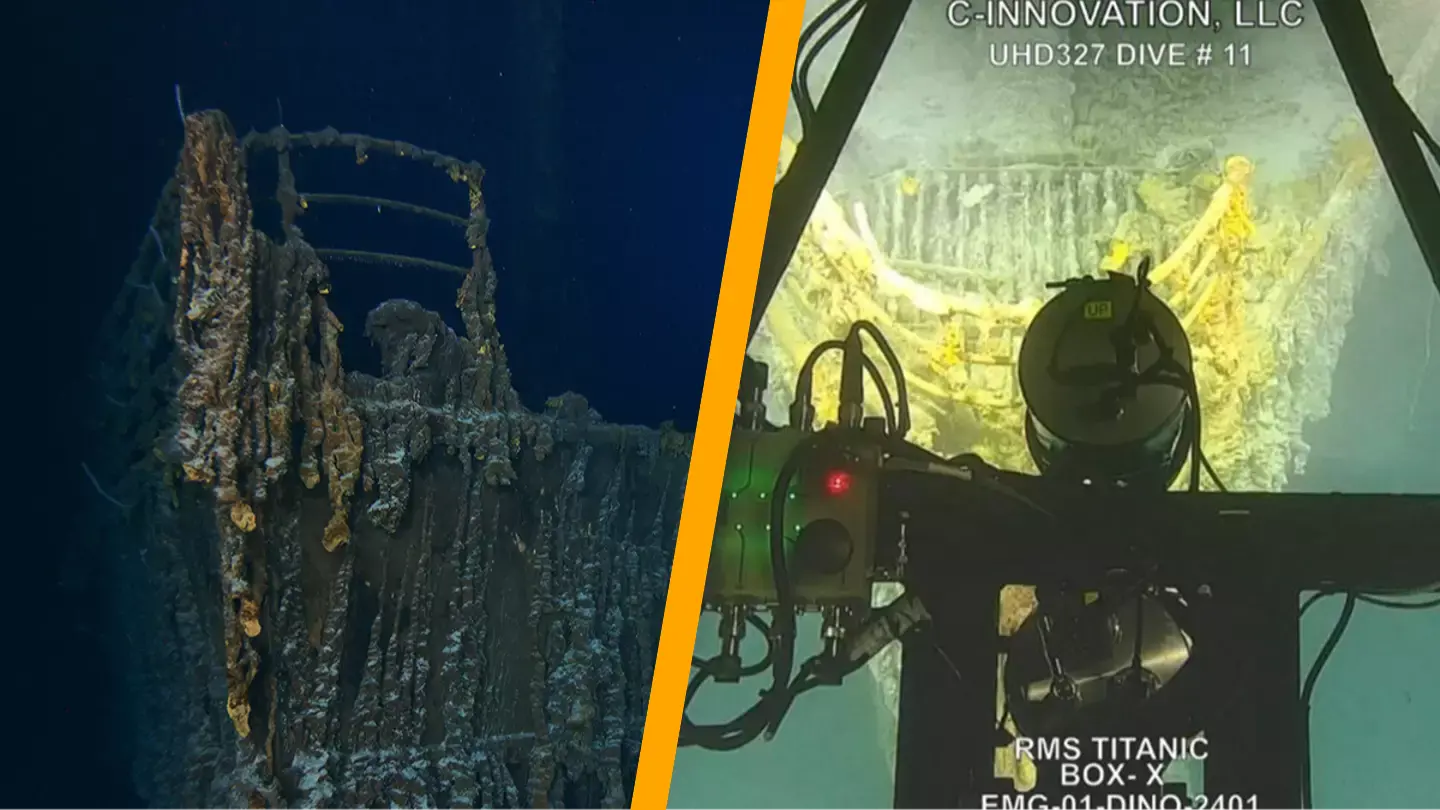At first glance, it appears to be something from a video game… However, the recent footage taken from the depths of the North Atlantic Ocean of the sunken Titanic is distressingly real.
The wreck of the Titanic rests approximately 12,500 feet below sea level and serves as a somber reminder of the 1,517 lives lost when the ship collided with an iceberg on April 15, 1912.
For 73 years, the world was stunned at how such a massive and ‘unsinkable’ ship – standing 175 feet tall and stretching 883 feet in length – could vanish.
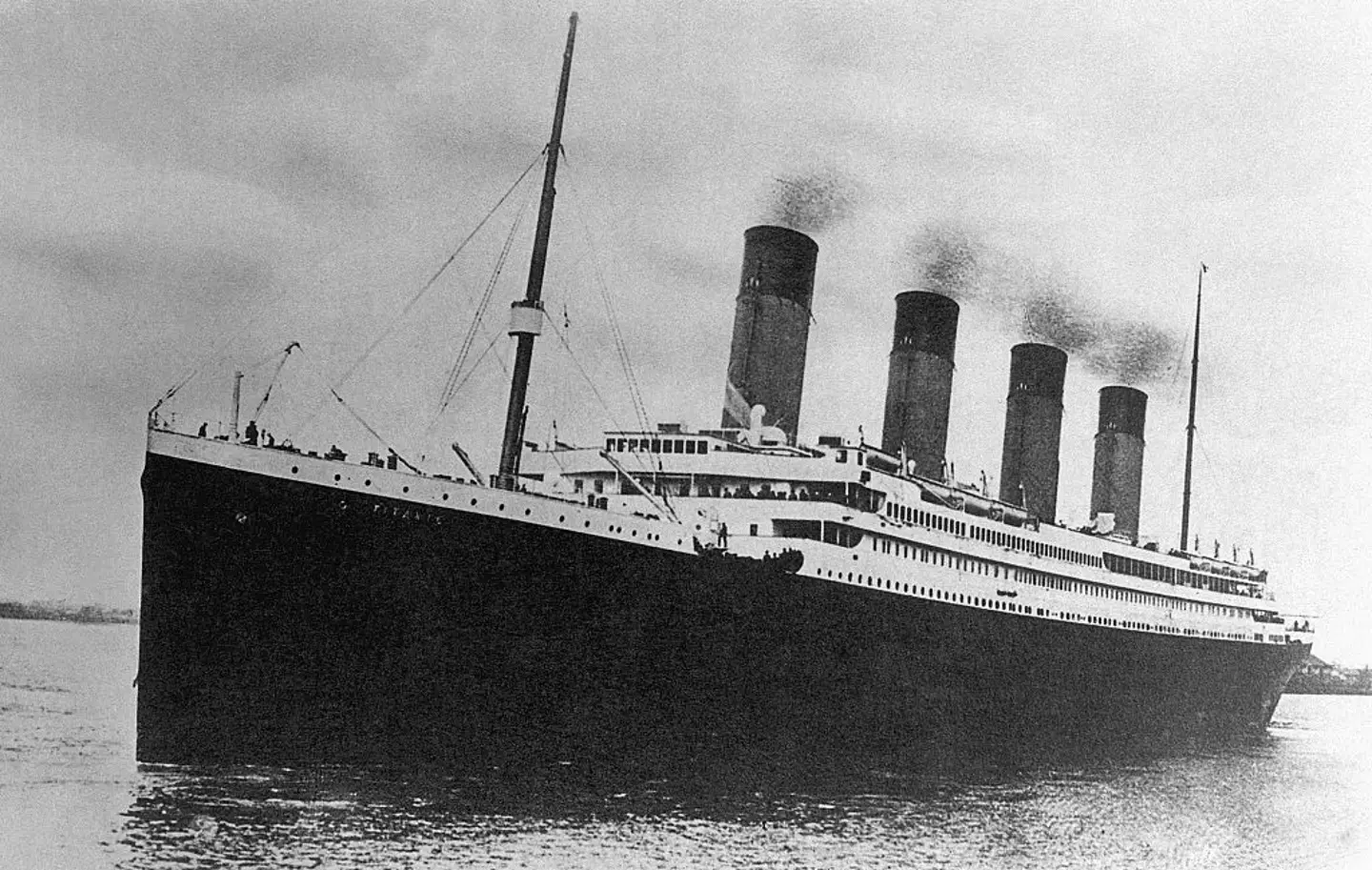
Numerous expeditions from around the globe scoured the seabed until Robert Ballard from Wichita, Kansas, discovered the wreck in 1985, thanks to his innovative use of deep-diving submersibles.
Since its discovery, the corroding wreck has been explored thousands of times by scientists, adventurers, and tourists. This includes OceanGate, the company responsible for the submersible that tragically imploded en route to the wreck in June 2023, resulting in the loss of all five men aboard.
Now, thanks to Titanic Expedition 2024, a stunning discovery has been made about the ship’s wreckage with the aid of new technology.
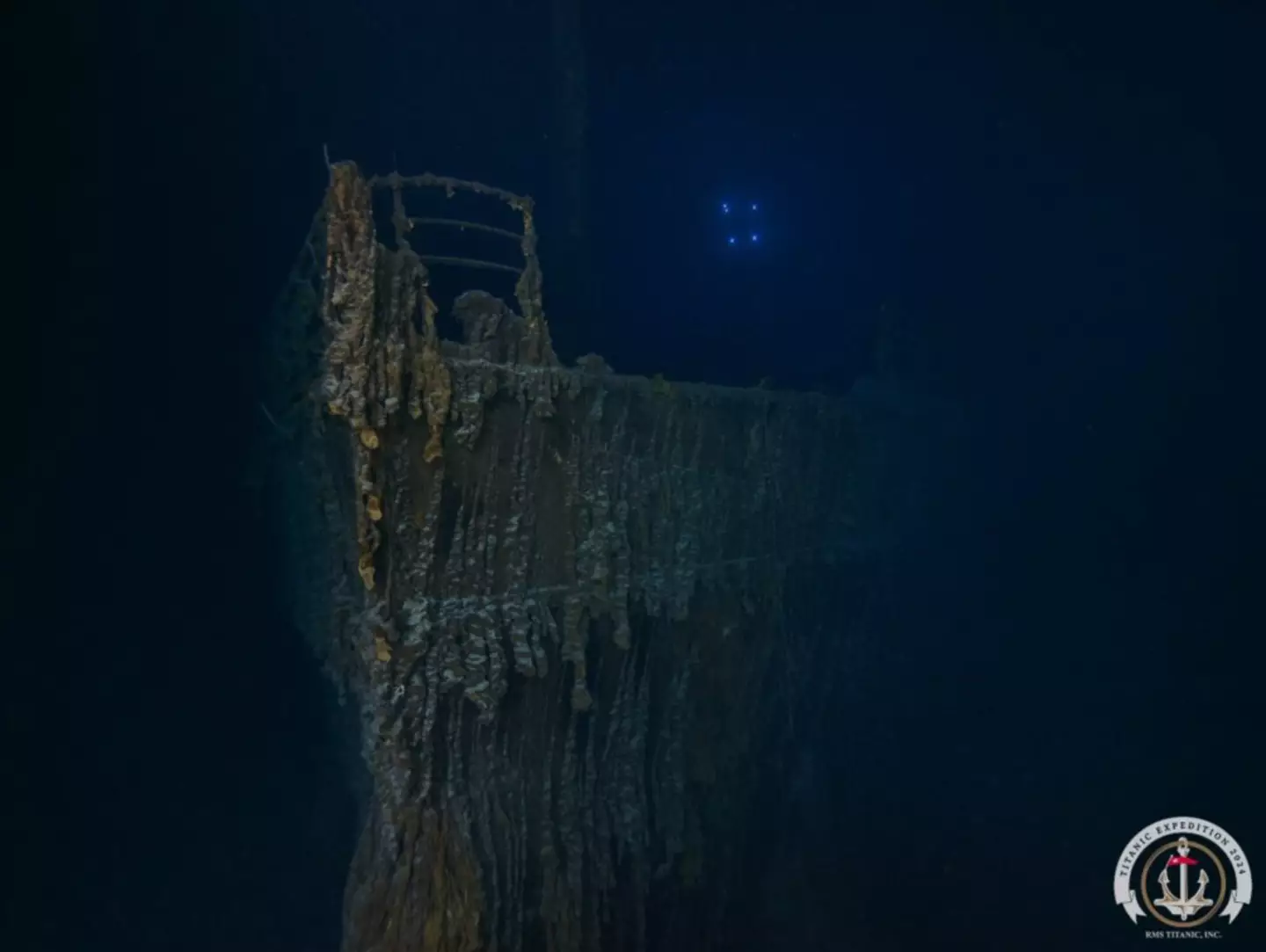
The mission involved scanning and documenting the RMS Titanic and its debris field, which includes the resting place of a 2-foot-tall bronze statuette of the Roman goddess Diana. This task required hundreds of hours to complete.
It has been 112 years since the disaster, and naturally, there have been significant changes to the ship’s appearance caused by the ocean floor’s intense pressure and rust from the water.
It is safe to say the wreck is vastly different from the vessel that departed from Southampton, England, all those years ago.
Incredibly, the bow of the Titanic has undergone considerable changes since it was last photographed. The bow is famously where Jack held Rose at the front of the ship in the 1997 blockbuster film.
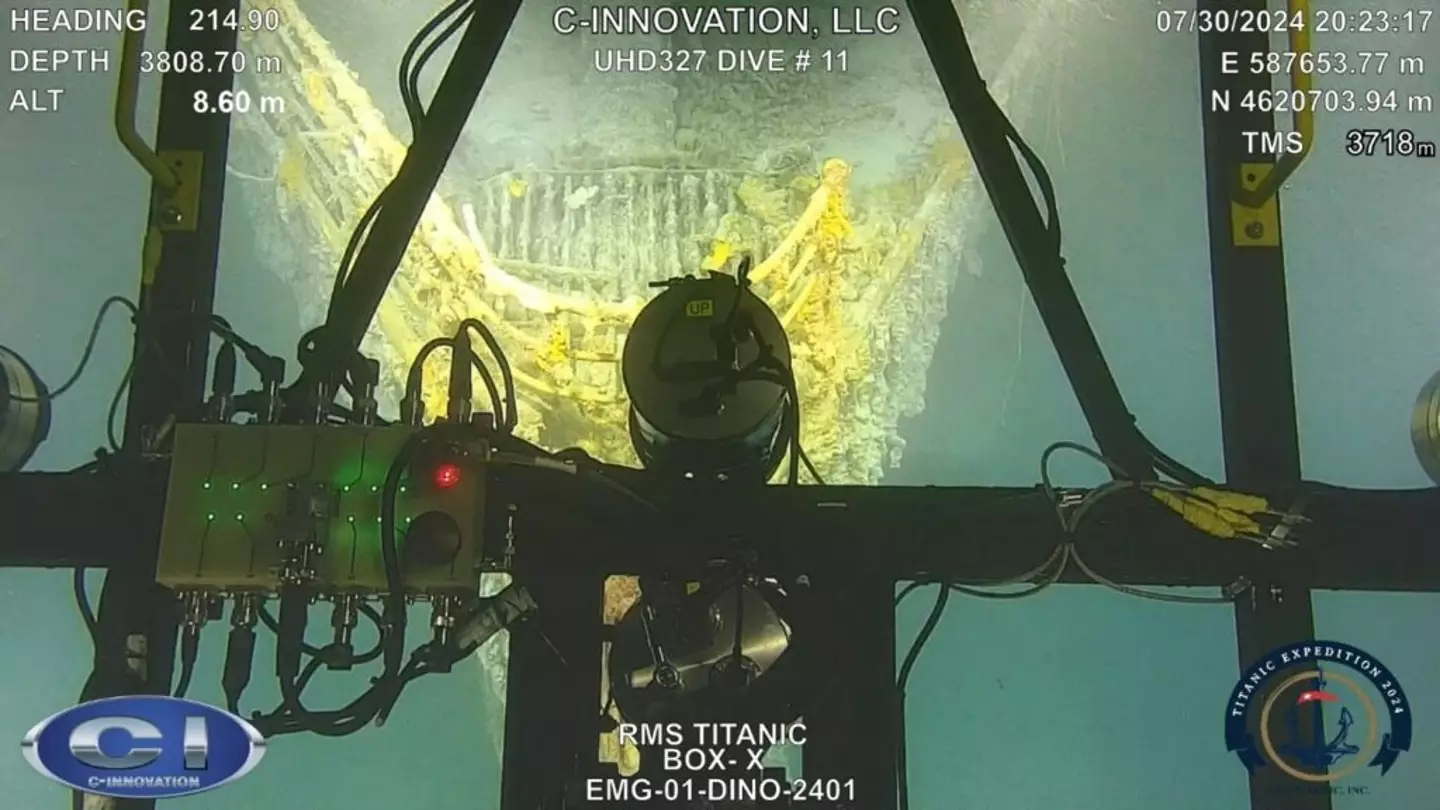
When the research team visited the site earlier this summer, on July 29, they found that the railing around the bow was no longer intact. A large section, approximately 15 feet wide, had fallen overboard.
This startling discovery has dramatically altered the appearance of the ship’s front, but it is unlikely to be the last change as the wreck continues to endure the ocean’s intense pressure.
Writing about the discovery, the team behind the expedition at RMS Titanic Inc. stated: “The Expedition team and partners at 3D at Depth immediately reviewed the multibeam imagery from two days prior to confirm that the section of railing had fallen as one piece and was lying on the seafloor directly below.
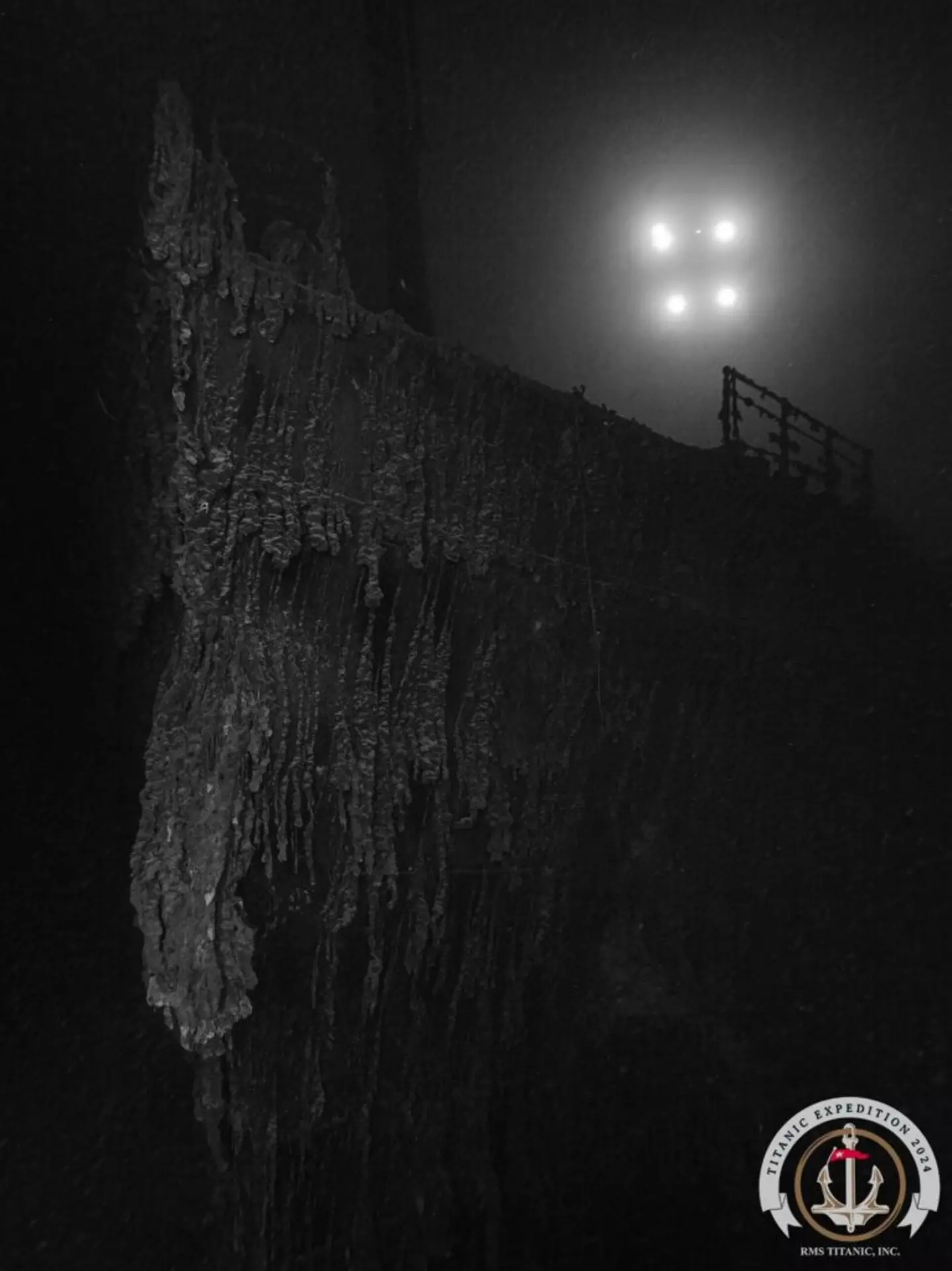
“We are saddened by this loss and the inevitable decay of the Ship and the debris.
“Over the course of the next few weeks and months, we will conduct a more thorough review of Titanic’s condition and her changes over time.
“Although Titanic’s collapse is inevitable, this evidence strengthens our mission to preserve and document what we can before it is too late.”

